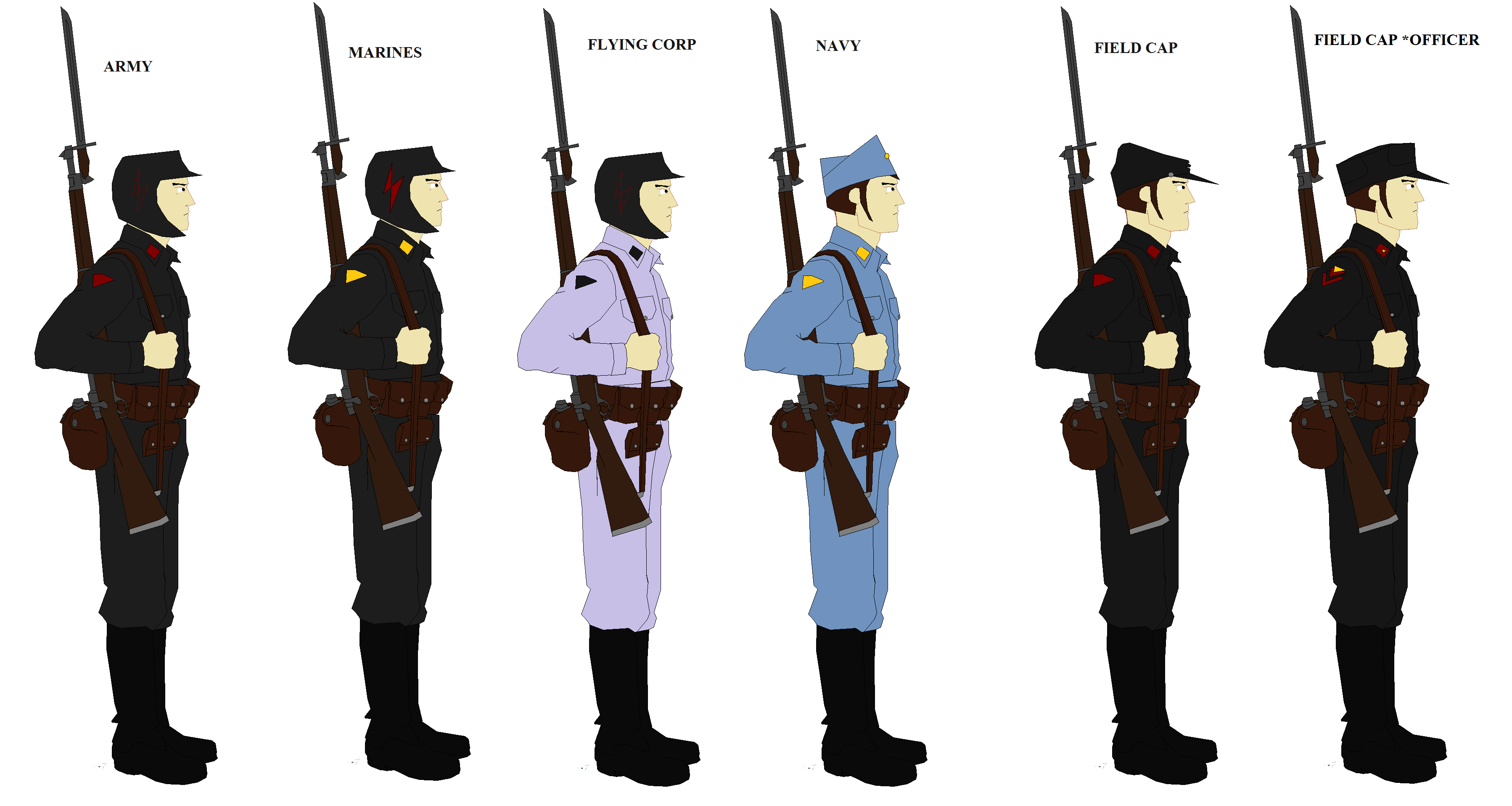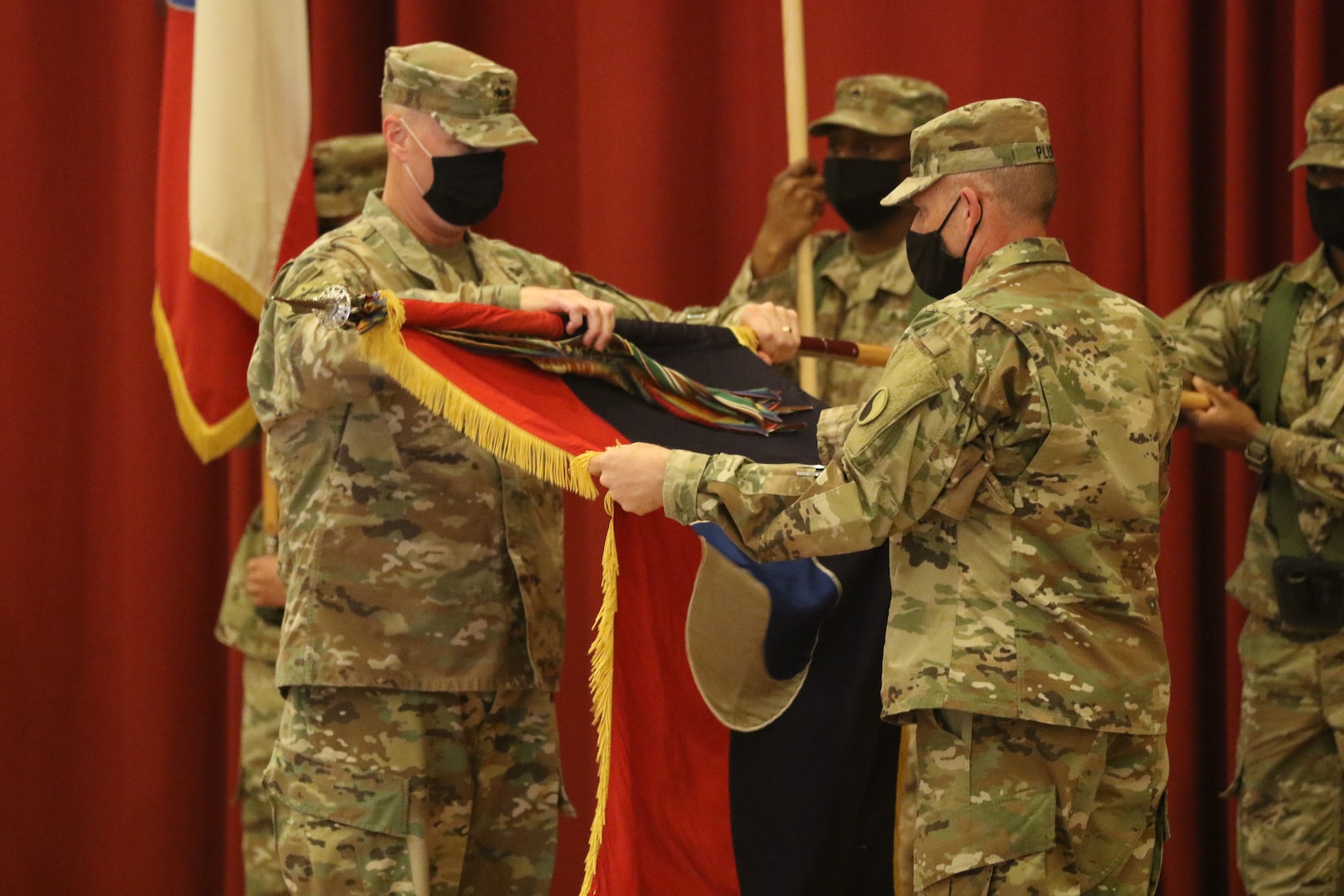Spartan Military Uniform - Image source: The destruction of the Athenian army by the Syracusans in 413 BC resulted in the execution of the Athenian generals Nicias and Demosthenes.
In the fifth century BC, two major Greek cities fought a decades-long war for hegemony. The different ways of war and peace were dangerous.
Spartan Military Uniform

The battles between Sparta and Athens took place in the 5th century BC, pitting one city and the largest army in ancient Greece against those with the most powerful ships. However, the Spartan and Athenian soldiers followed very different military methods fighting on land rather than at sea. Instead, the unique strategies that the Spartan soldier and the Athenian soldier took to fight each other involved different tactics, few of which were compatible with their traditional teams on the seashore.
Spartan Soldiers Support Operation Allies Welcome
) is a powerful combination of physical strength and military intelligence that inspired her. But the Spartan method of warfare was not a matter of exceptional personal strength, strength, or skill in arms. Advanced tactics also played a major role - intelligence was often the strong point of the Spartans. They were good at knowing if it was worth fighting for, and if that did not satisfy them, they would go home without a fight.
Despite its brutality, Sparta had a history of avoiding military conflict more than any other Greek city. It was not unusual for Spartan generals to turn back before crossing a hostile frontier if the omens were bad. And even if he was about to fight, he might choose to avoid action. The Spartan king Agis II (427-400 BC) once said "Spartans do not ask how many enemies, only where they are", but he refused four times to cooperate with the enemies.
The ancient Greeks fought in a line or phalanx as infantry soldiers called hoplites. Protected at the ankles by cloaks, shields, shields, and helmets, these warriors stood side by side in groups that could number hundreds of men. This allowed them to project a large front that was difficult to integrate into or out of. But there was a limit to how much design could be reduced without running into trouble. Therefore, many Greeks tried to form a file at least eight men deep to accept the battle. However, the Spartans could go ahead and manage small files like four men. Those in the first three groups thrust their spears too far in front of the enemy, and the fourth group united two lines and three by two lines and three pressing their friends' shields in a unified effort to drive the opponents back, the way they are called.
. Maneuverability while short-handed was used several times, most notably against a large Arcadian army at Dipaea in 464 BC.
Maryland Air Guard Embarks On New Era > National Guard > Guard News
A fully armed Spartan hoplite wears a Corinthian helmet and sports weapons, spear, sword, and shield in Peter Connolly's watercolor.
Many Greek soldiers and men advanced, cheering loudly and shouting loudly. Then he runs the last few yards to work. In contrast, the Spartans progressed slowly through measured steps to the sound of psalms and the chanting of war poetry. This led to his methodical behavior to the point of getting into trouble. Also, the noise of their enemies was considered childish by the Spartans, who displayed feigned courage in an attempt to dissuade them from fear. Its measured, controlled pace is designed to exude a sense of high confidence and deadly menace. This method was so terrifying that many enemies collapsed and began to flee before they met.
Spartan hoplites followed a natural urge by marching into battle to ride next to their right hand. They did this in order to better cover the shield that was on his left hand. This practice caused the battalions to stand to the right as they advanced and often led to a mixture of other parts of the field. The Spartans took advantage of this by exaggerating its accuracy. They combine well-trained moves and wheels with elite troops on their right to flank the enemy's left. When the encircled wings are closed, they break and run, causing the enemy phalanx to fall.

In addition to taking advantage of the well-known practice of the Whigs, the Spartans also used unique tactics on the battlefield. King Agis once changed parts in his design beforehand. That this was attempted in front of the enemy shows that the Spartans felt that this dangerous step was justified. The Athenian general Cleandridas defeated the Italian tribes in 433 BC by hiding a group of veterans behind his regiment. This concealed his true strength, and when they agreed, he allowed him to move his forces towards the enemy to open the way.
Green Army Private Costume
The Spartans' most daring tactic was to cut through in the middle of the battle and withdraw. The rest of the Greek army rejected this, fearing disaster. However, the Spartans could not only get out of a hopeless situation with a small loss, but also deceive the enemy into breaking into pursuit. Herodotus mentions such deceptions at Thermopylae in 480 BC. The Spartans prowled at every turn and destroyed the willing Persians, who fell into makeshift and disorganized formations. Plato said that the Persians faced the same Spartan attack at Plataea a year later.
Although the Spartans severely punished lawbreakers for following their false return, they refrained from doing anything. First, they saw no point in risking a precious life in pursuit of an enemy that had already been defeated. Also, being on the battlefield allowed them to take the field at the end of the day. This was the universally accepted definition of a traditional victory in a Greek war. Finally, by maintaining formation, the Spartans were able to quickly switch to the other side, giving them the opportunity to re-attack any remaining enemies.
The Spartans knew very well that victory in battle could carry a particular danger in the form of friendly fire. The vision of the helmets was poor and the noise of battle was deafening, causing the infantrymen to mistake each other for the enemy in mixed ranks. Thucydides mentions such a tragic event within the Athenian right wing at Delium in 424 BC. One way the Spartans mitigated this danger was by using uniforms to make it easier to identify each other in the heat of the chaotic brawl. In order to achieve this, they put on very beautiful red-coated shirts. And their clothes will also be red. However, they rarely fought in such heavy clothing. The Spartans also painted large symbols on their shields for identification, most notably the Greek letter lambda. Looking like an inverted "V", this was the first letter in "Lacedaemon," the ancient Greek name for Sparta.
Two Greek warriors fight over shields while an archer on the left shoots an arrow. Shields were always carried in the left hand.
The Halo Tv Show Introduces Its Spartans
Sneak attacks were not a major part of the Spartan army, but one was successful at Sepeia in 494 BC. There, the famous King of Sparta Cleomenes was facing the mighty army of Argos. In preparation for a temporary alliance and camping opposite the Argives, Cleomenes established a custom that involved signing food with a trumpet. When the enemy immediately stopped eating their food, he ordered his soldiers to destroy the unprepared Argives to a terrible destruction. Another Spartan general who used sneak attacks successfully was Brasidas at Amphipolis in 422 BC, being besieged by Cleon of Athens. Cleon was preparing to return to office after an expedition when the Spartans surprised him by rushing out of the city in two, cutting the Athenian sector in half and conquering each sector in detail. Bradidas eventually ended the first phase of the Peloponnesian War in victory, although he himself died in the battle.
Even the best of armies sometimes find desertion unavoidable. The Spartans, after losing 300 elite men and the king in 480 BC at Thermopylae, found a cheap way to dispose of them - the marching chest. This formation was first used successfully during the reign of Brasidas in 423 BC. This formation consisted of forming a large number of hoplite infantry into an oblong hole, placing the unarmed and uncombatant soldiers inside the formation, and then sending the remaining soldiers forward and backward to meet the enemy. attacks. The marching chest can retreat and defend itself against all kinds of attacks. Xenophon of Athens claimed to have established the order during the famous "Return of the Ten Thousand" after the Battle of Cunaxa in 401 BC. However, it is possible that Xenophon only modestly modified the Spartan Protocol.
The veneration of the ancient Athenians as great warriors has lagged behind their fame as democrats and masters of fine culture. From ancient times to the present day, the Spartans are famous for their warfare.
Spartan basketball uniform, proper military uniform, spartan uniform soldier, spartan military, spartan uniform outerwear, spartan cheerleader uniform, spartan uniform, military uniform, halo spartan uniform, spartan dress uniform, spartan armor military discount, military uniform supply com

0 Comments